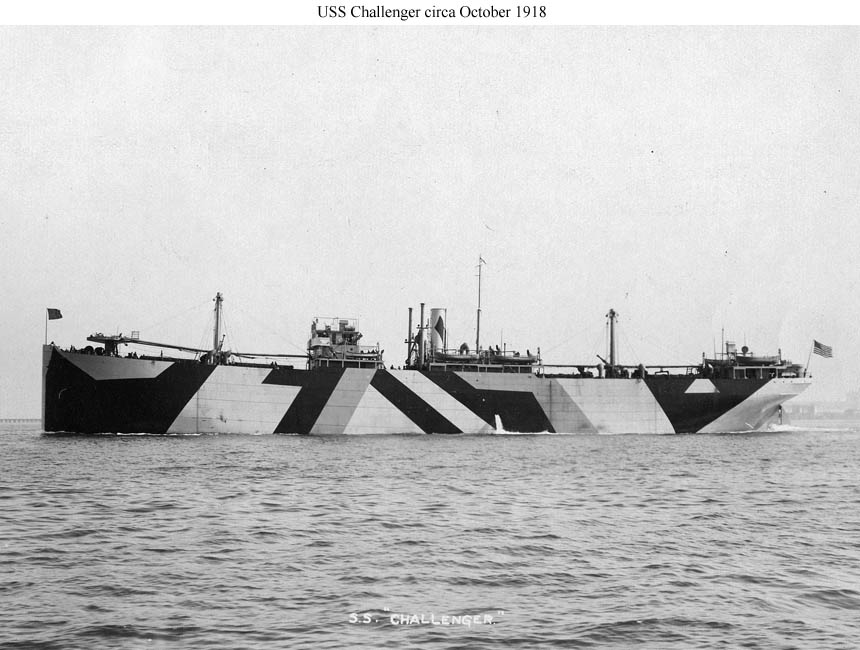EFC Design 1057-A: Notes & Illustrations

Click here for larger and more complete plans: Sheet 1, Sheet 2, Data. (Download for full size)
Click on the photographs below to prompt larger views of the same images.
|
Notes: On 13 February 1916 the Union Iron Works in San Francisco, which had been owned since 1905 by the Bethlehem Shipbuilding Corp., purchased the plant and property of the United Engineering Works in Alameda, Cal., probably in anticipation of an influx of orders for merchant ships from both European and American interests. During the summer of 1916 the company began work on two ships for the British Cunard Line (War Knight and War Monarch) at Alameda, two for an American owner (Eagle and Tiger) at San Francisco, and two for Norwegian interests (Talabot and Bessa) at Alameda. These were built to a common design, a shelter deck freighter with three decks, two 'tween decks, no hull islands (flush decked), and a length between perpendiculars of 410 feet. See the page on EFC Design 1079 for more on three-decked shelter deck ships. The British pair had turbine propulsion while the Norwegian and American pairs had reciprocating engines. Later in 1916 the British added a third ship (War Sword), like their first two but with reciprocating machinery, and during 1917 the yard added for its own account three more ships like the British ones, two with turbines and one with reciprocating machinery. McKellar found evidence that two of these three may have been sold to European interests before being requisitioned. This page covers the four ships of this type with turbines: War Knight (Yard no. 132), War Monarch (Yard no. 133), Volunteer (Yard no. 150) and Challenger (Yard no. 153), the last two being designated Design 1057-A by the EFC. The 410-foot three-decker design was followed at Alameda by a 440-foot two-decker that became EFC Design 1032, q.v. Requisitioned Ships: On 3 August 1917 the Shipping Board requisitioned the yard's three 410-foot ships that had not yet been begun, along with War Sword, which was quickly released as she had already been completed. The three unbuilt ships were transferred on 31 December 1917 to the contract program as EFC hulls 1220-1222. Volunteer and Challenger which had turbine propulsion were designated Design 1057 Type A (1057-A) and Liberator which had reciprocating machinery became Design 1057 Type B (1057-B, q.v.). These three ships are also covered in the Requisitioned Ships portion of the McKellar list. Specifications: Design 1057-A (S.S. Volunteer, EFC Hull 1220): Steel Cargo. Deadweight tons: 11850 actual. Dimensions: 410' length pp x 56' beam mld. x 41' depth mld., 30.5' draft loaded. Propulsion: 1 screw, 1 G.E. turbine, 3 Scotch boilers, 2600 SHP, 10.5 kts. Configuration: Flush shelter deck, 3 decks, 4 holds, 5 hatches. |

| S.S. Challenger (Design 1057-A, EFC Hull 1222), probably photographed on her trial trip circa October 1918. (NHHC: NH 101390 from NARA: RG-19-LCM) (Click photo to enlarge) |


